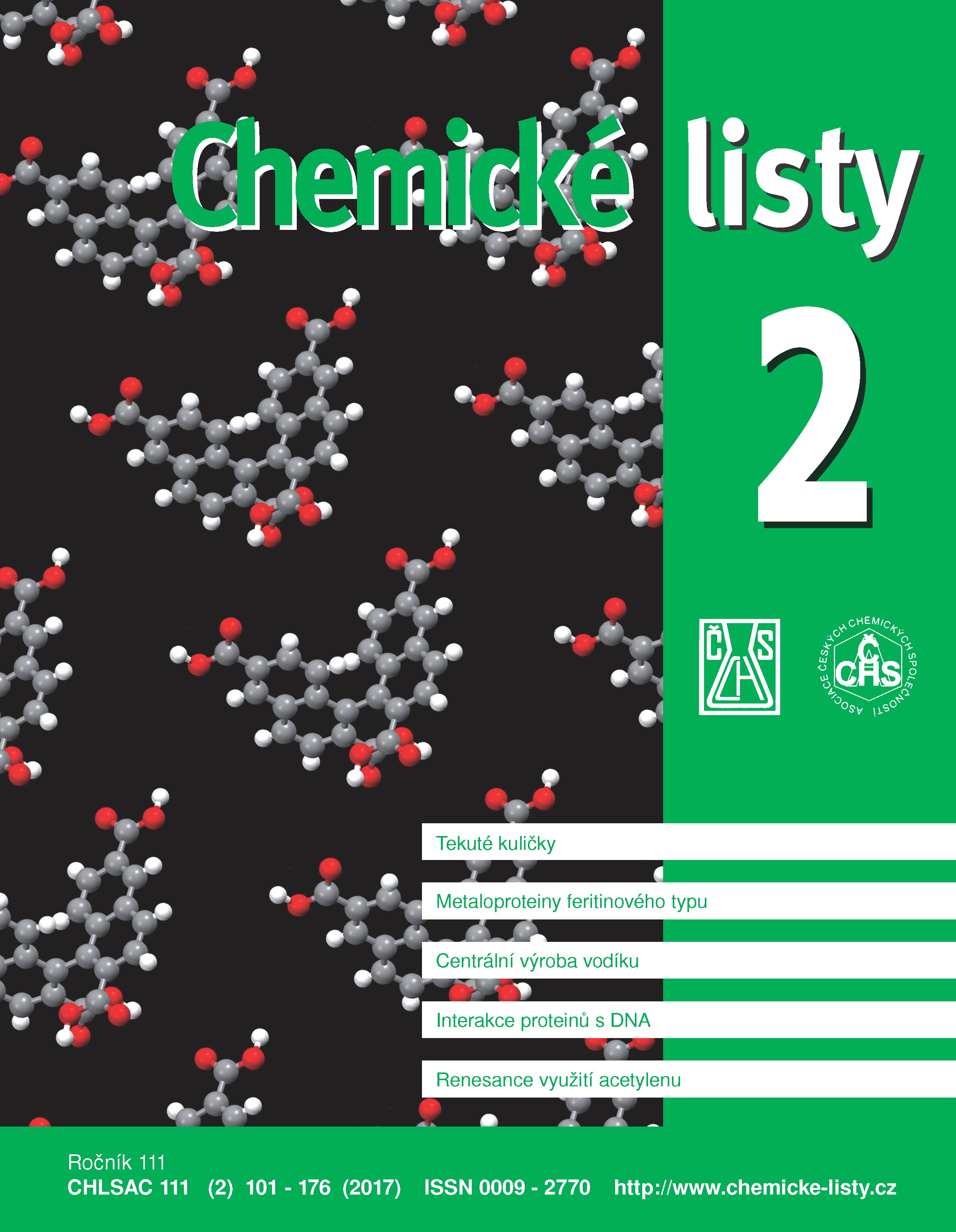Centrální výroba vodíku
Klíčová slova:
vodík, vysokoteplotní elektrolýza, centrální výroba, kogeneraceAbstrakt
Currently, hydrogen is primarily used as a chemical feedstock, but it is foreseen to be used as an energy carrier. Hydrogen can for example provide/enable a long-term energy storage when the use of renewable sources for electricity production will be further increased. The hydrogen produced can be converted to electricity, or be used in the mobility sector. If hydrogen is to be used in a wider scale (e.g., in power engineering and mobility), its production from electricity surplus would not be sufficient and a central hydrogen production would be necessary. In agreement with the European objectives to transform the energy sector to low-carbon technologies, an efficient way of hydrogen production with as low as possible emissions needs to be proposed. Therefore, in this paper, high-temperature electrolysis (SOEC) in cogeneration with other processes providing high-potential heat is investigated.





